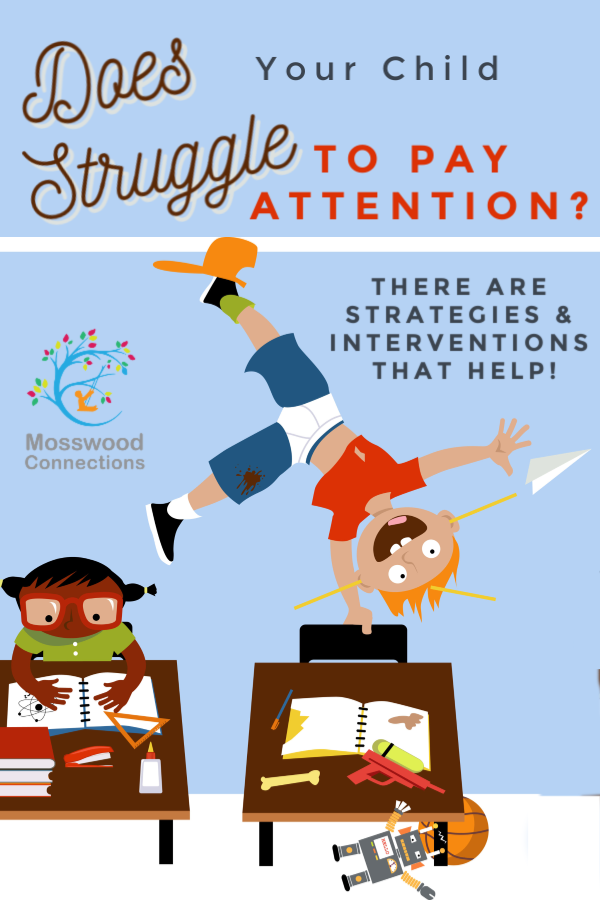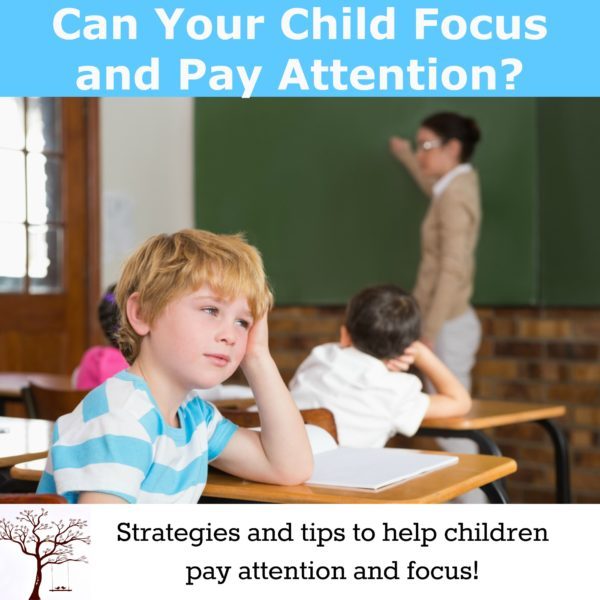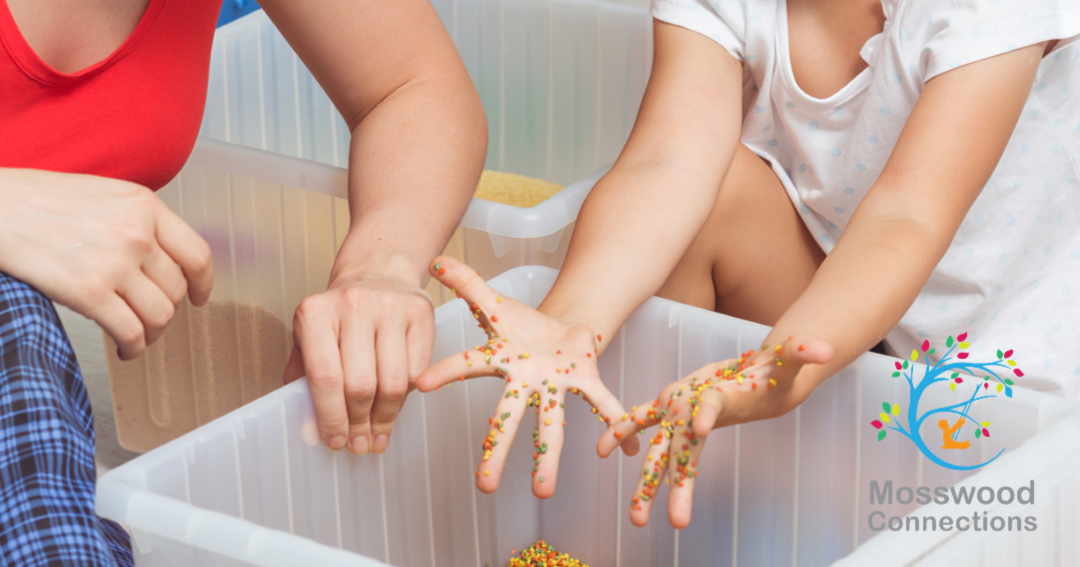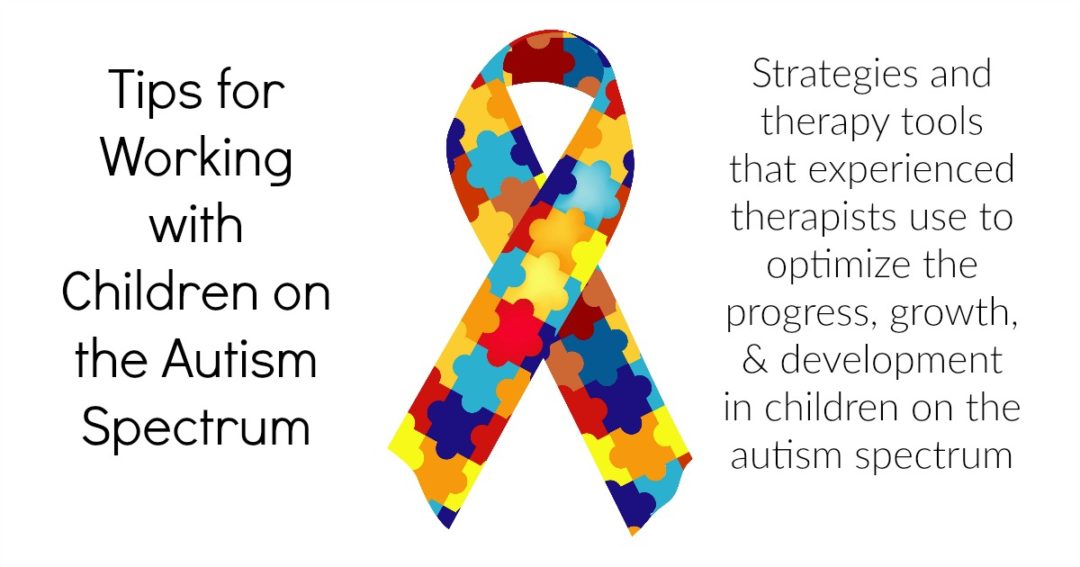Can Your Child Focus and Pay Attention?
Raising Kids with Special Needs
How can we help children who have a difficult time focusing?
We get a lot of questions about how to help children focus, pay attention and stop being distracted. Over the years of working with chidren who are on the autism spectrum or have learning disabilities, as well as children who simply have busy minds and bodies we have collected and created a variety of tools to help build focus and attention. It is possible to maintain a child's creative spirit while teaching them to "build their concentration muscles". We have a menu of strategies for you that have helped our own kids and the kids we work with to focus and pay attention.
If you are concerned about your child we recommend that you contact experts on A.D.D. or A.H.D.D. in your area that can help give continued guidance.
This post contains affiliate links. Please visit our disclosure page for more information.

Can Your Child Focus and Pay Attention? Tips to Help Children with Focus and Attention.
So many children struggle with maintaining focus and attention. For some, it is a mild problem and for others, it affects every aspect of their lives. If you feel like your child has Attention Deficit Disorder please reach out to your doctor and school for further testing and help. Whether or not the issue rises to the level of having a learning disability or if the child just needs a little intervention to help them improve their focus and attention skills these strategies can help.
- Have the child repeat back instructions so you can check for understanding.
- Create a “focus and pay attention” mantra. It can be a short quote or a simple song.
- Teach the children the art of meditation.
- Practice paying attention and focusing in distracting environments while doing easy and preferred tasks. If I have a student that likes to draw I will put on talk radio in the background while the student does artwork. This helps desensitize them from auditory distractions.
Create a space that encourages productivity
- Building a routine is one way to create a “space” in the day to focus on learning. Put schoolwork on the schedule at the same time every day and encourage children to start practicing good work habits.
- Create a workspace for the child. Have everything needed in that workspace: Pencils, paper, school supplies, a calendar, and an organizational system. The organizational system can be simple for young children. Perhaps a “to-do” bin and a “done” bin. Older students can handle a more complicated system like file folders and binders.
Break big tasks down into smaller, more manageable pieces.
- For younger children, the adults need to break down the tasks into smaller pieces. For example, your first-grader has three worksheets to do for homework, don’t expect them to do all three at once. You may have to cover half the page and have them do one-half of the worksheet, take a break, then complete the rest. It could also be an art project or a building activity where you finish one step before moving on to the next.
- For older children, guide them to look at what the activity or assignment is and make a list. For example, the assignment is to read and then write a paragraph about what they read. Separate that task into two portions: read, write a paragraph. Check off each task as it is completed. Some children will benefit from breaking that task down even further. Perhaps when writing the paragraph you break it down to answering basic questions like, who, why, what and where. Then compile the sentences into a paragraph.
Use meters, charts, and rewards for timed work
- Rather than having an expectation that the child will focus and pay attention for a predetermined amount of time first determine what the baseline is for how long they naturally pay attention. For some kids, that may be just a few minutes. Ask them to focus and pay attention to an activity for just a bit longer than their baseline, then praise and/or reward them for their achievement.
- We use Attention Meters to help the children start to take ownership over paying attention. If I am working with a child for an hour we may set the goal to focus and pay attention for 30 minutes. The child fills in the meter whenever they have focused for a period of time and when the meter is filled they get a reward, usually free time to play. Increase the time as the child builds focusing skills.
Sensory Strategies to help your child focus and pay attention
- First of all, make sure that the child is getting enough sleep. Sleep issues can really affect the way all of us can focus.
- Drink water! Believe it or not, the simple act of drinking water can help maintain focus and attention. Keep a water bottle nearby.
- Certain tastes and smells can wake up the system. Smelling or eating peppermint or lemon can sometimes help.
- Take movement breaks. The critical aspect to this is to make sure that the movement breaks are organizational. That means that the movement should involve motor planning or a sequence of steps. Telling the child to go run around will help use up some energy but won’t necessarily help them organize their thoughts. Rather have them do an activity like hopscotch, calisthenics, or an obstacle course.
- Practice “active learning”. Incorporate gross motor movement into the lesson. I would have one boy jump for each math fact he recited. With another child, we would walk while we discussed the lesson.
- Do paper and pencil activities that help to organize the brain. When I see a child is really struggling to get something on paper I might take out a paper and pencil activity that they enjoy and have them do that first. It can be a simple puzzle, color by number, look and find page, whatever they like to do.
The Chatty Child
I admit I have an affection for the chatty child. I would love to wander conversationally through their world so I have to model self-control and not engage in the conversation until the work is done.
- Set a time to chat. One of my students wanted to talk endlessly about his favorite video games. I had to constantly remind him to work first, then we can chat. We did this for years. (Yes, it can take a long time, but don’t give up!) He made a lot of progress and I stopped working with him. When he was in high school he asked me to come back and help him with study skills. The first appointment he said to me, “There’s this really cool new video game. Can I show you after we are done working?” That validated that this strategy had worked for this child.
- Write it down! Many kids want to talk about what they are doing. That often leads them to go off on tangents. Give them a journal and when they have a thought or question direct them to write it down. When they are done with the task you can both go over what they wrote in the journal and chat.
Resources to help your child focus and pay attention:
- 5 Simple Concentration Building Techniques
- Helping Students Develop the Skills to Focus
- Tips for Helping Your Child Focus and Concentrate
- Understanding Your Child’s Trouble With Focus
- Grab Their Attention: 11 Ways to Help Kids Get Focused and Stay Focused


![Attntion-Meter-Graphic-revised[1]-page-002 (1) Can Your Child Focus and Pay Attention? Strategies, tips, and activities for focus, attention, distractability, ADD, and AHDD. #positiveparenting #parenting #education #A.D.D #focus #specialneeds #attention #mosswoodconnections](https://www.mosswoodconnections.com/wp-content/uploads/2018/10/Attntion-Meter-Graphic-revised1-page-002-1.jpg)


